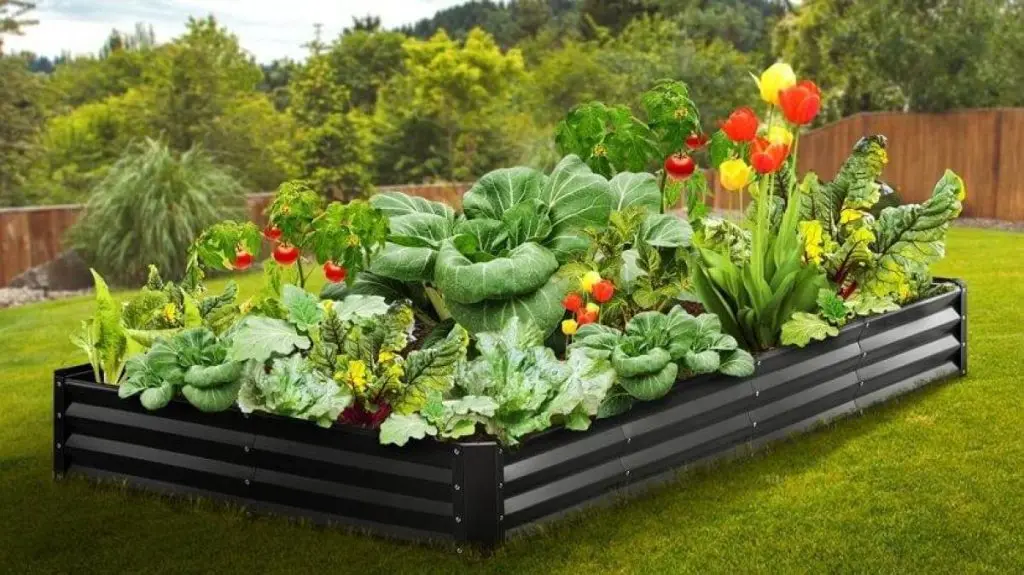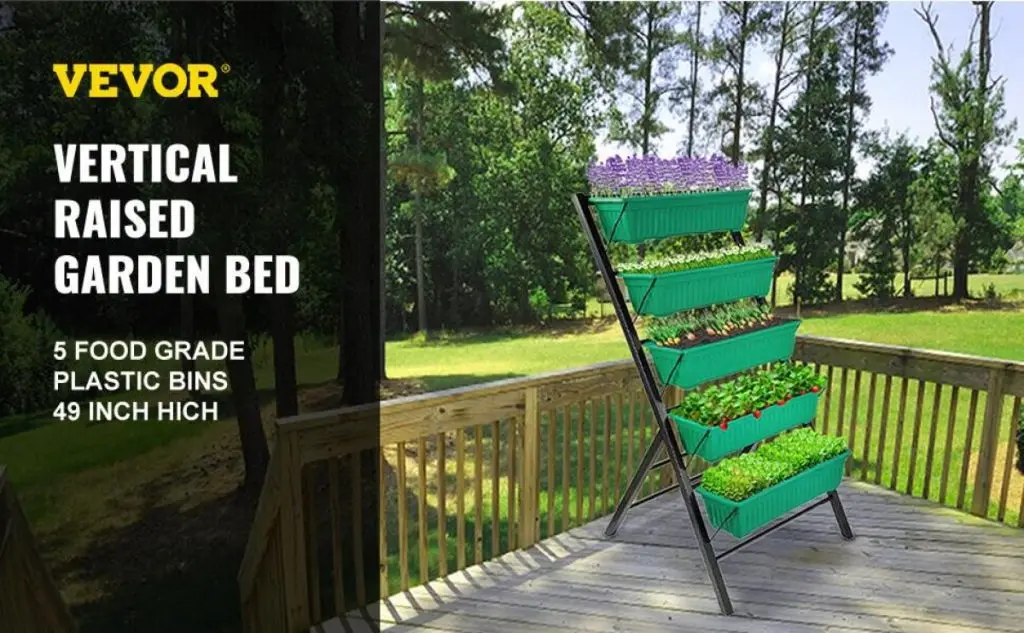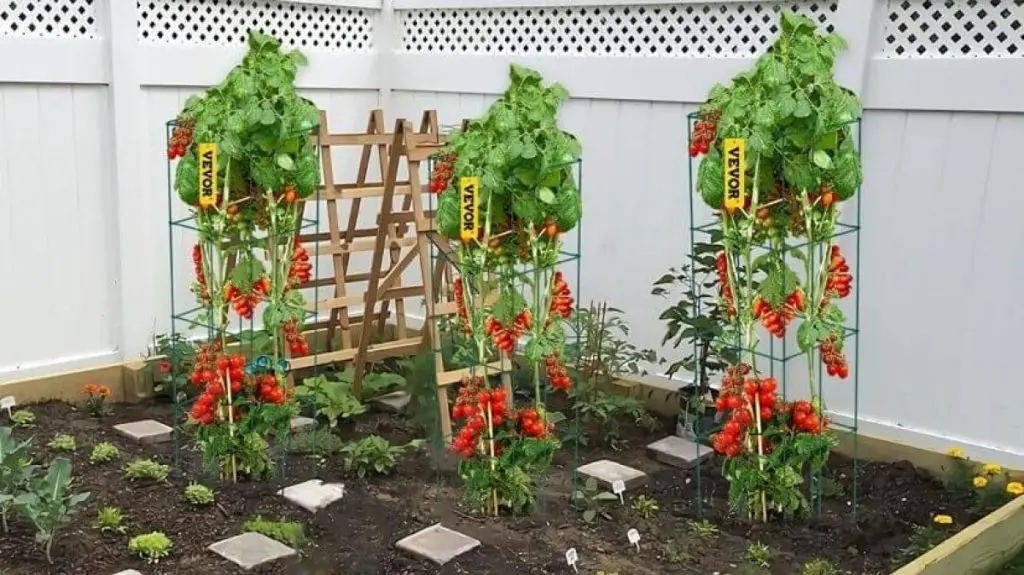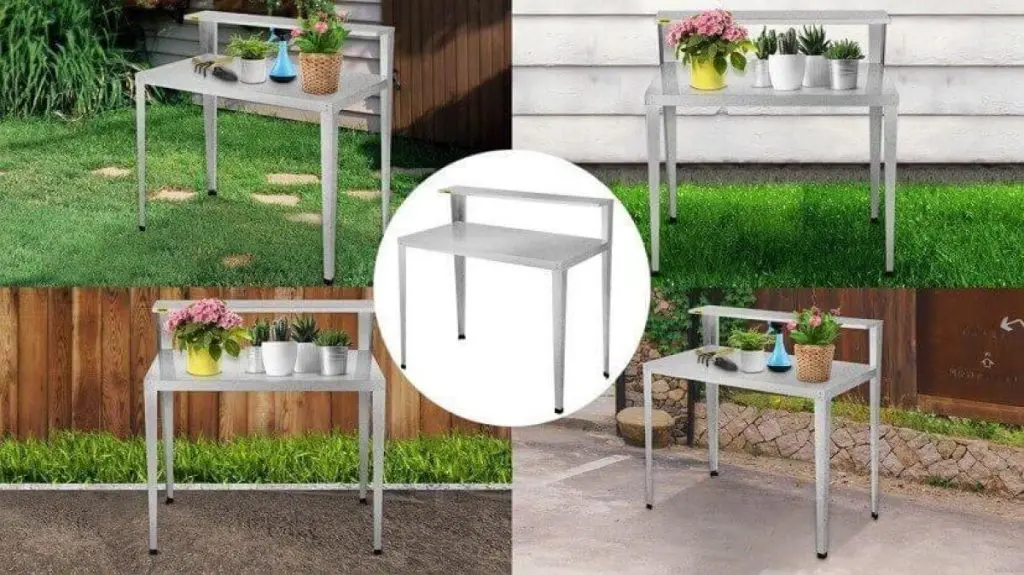Plant watering is a crucial part of gardening. It is crucial to the garden plants’ ability to flourish. The availability of water may have a significant impact on any garden, whether it flower, vegetable, or well-kept grass. This post will explain how to water your garden properly.
You will learn different watering requirements and the appropriate time to water, and reflect on key effective watering methods. Moreover, we will indicate some typical errors and how to prevent them. As a result, we will explain why using VEVOR’s watering products can result in the best results.
Table of contents
Why Proper Garden Watering is Essential
The watering of gardens is very important for several considerations. First, it helps plants get the water they need to develop and grow properly. These components include water, which is important in photosynthesis, nutrient absorption and plant growth.
Watered plants have healthy roots that firmly fix the plant into the soil and help it acquire water plus nutrition. This results in fully developed foliage, strong growth, and full blossoms in the plants and trees.
However, in the case of irrigation, improper watering can have a deleterious effect. Watering also floods the soil and creates a favorable environment for root rot and other plant diseases. It can also lead to nutrient leaching from the root zone, thus limiting the plants’ available nutrients.
On the other hand, underwatering the grass is a stress factor for plants, thus resulting in wilting, yellowing of the leaves, and stunted growth. Failure to water most plants may make them more vulnerable to pest and disease attacks than when adequately watered.
The following outlines the importance of knowing the impact of overwatering and underwatering to set the right watering schedule. If you pay close attention to the kinds of gardens you have, or you are willing to cultivate.
Depending on the sort of climate you have, the type of soil you use or cherish, and the different types of plants that you intend to grow, then you can be able to monitor the best way of watering the garden. The above factors have necessitated. Watering is essential because it helps in maintaining balance in your garden, hence, healthy plants that can endure all forms of stresses from the environment to give you a beautiful green territory.
Understanding Your Garden’s Watering Needs

It is important to recognize how much to water the garden, as this will determine its health and productivity. Gardens may be classified in several ways, and understanding differences in watering needs may be very useful.
Flower gardens may require more frequent watering than vegetable gardens, for instance. The flowers generally have relatively small root systems compared to the leaves and may need water to feed their bright flowers and new growth. Compared to the vegetable gardens, there is less watering needed since the length of the roots of vegetables can reach the deeper part of the soil where water is available most of the time.
How much should I water my lawn? Lawns, on the other hand, require proper and equal spacing on the water supply to maintain their green color. Roots are generally confined to the top few inches of soil, so it is important to water the plants from time to time so that they do not dry up and turn brown. This will minimize areas with thick growth and other areas with less growth, hence a good-looking lawn.
There are different aspects that dictate the watering needs of your garden such as the type of soil and climate and the type of plants. They are also different in their physical characteristics, for example, light sandy soils require moisture more often as they are characterized by the ability to drain well.
On the other hand clay soils tend to lock water in for a longer duration and therefore you will not need to water them frequently. Sandy loam soils of sand, silt, and clay are best suited for the plant being well-drained and moderately watered.
The climate factor also plays a role. Horticultural areas located in regions with high temperatures and low humidity will require water more frequently than those in colder areas. Furthermore, the watering needs of some plant species depend on their natural regions and growth patterns.
It is helpful to know these factors to address how to water your garden depending on its requirements. This way, you can ensure that your garden is well watered, with every plant watered to the right level, enabling the plants to grow well and making your garden come to life.
Best Times to Water Your Garden
It is important to know when should you water your garden.
- Morning vs. Evening Watering
Some parameters of watering your garden can play a positive role. It is preferable if watering is done at a certain time of the day. Irrigation in the morning is usually recommended to let the plants receive water through their root systems before daylight and times of high temperatures.
Watering in the evening may also work just as well, but it exposes the plants to potential fungal diseases if the soil is not allowed to dry out at night.
- Seasonal Variations
It is important to alter the frequency at which you water your plants depending on the season. When the weather is very hot in summer, one may have to water the garden often because heat results in high evaporation rates, thus implying dryness of the soil. While warm seasons demand more watering, as the plants in question need more water, the cooler seasons will be characterized by lower water demand. Ensure that you watch the weather because rain will do the work for you occasionally. Adjusting watering frequency based on the season can help keep your garden colorful and healthy and provide the right amount of moisture for growth.
- Frequency of Watering
The watering frequency in your garden varies depending on the type of plants and the season of the year. In seedlings that were planted, they can be watered on a daily basis up to the time that they develop sturdy root systems.
However, once the plant is well developed, its water requirement is much lower; frequency high-intensity irrigation is usually adequate.
Techniques for Efficient Garden Watering

- Hand Watering
It is best on small yards and fragile plants because it enables one to control the quantity of water being used for watering individual plants. You can water at the base of plants and hence prevent diseases since the water does not splash the foliage.
It is quite tiresome, but it guarantees the water will soak into the soil, and it is especially good to use on plants that require close attention. Subdivide it and make it easier by using hoses and watering cans. This helps one monitor the amounts of water each plant requires by frequently checking the state of the soil.
- Drip Irrigation Systems
Drip irrigation systems provide water right at the root level, and the least amount of water is lost through evaporation or runoff. These systems are effective and are suitable for vegetable gardening and flower gardening since water is saved.
They are very simple to fix and can be adjusted depending on your garden requirements.
- Sprinkler Systems
Sprinkler systems are designed for watering large areas such as lawns and are available in various types, including oscillating, rotary, and stationary. Each type offers different coverage patterns to meet your garden’s needs.
Water your lawn early in the morning to reduce evaporation and make sure it receives enough moisture to get the most out of sprinklers. Sprinkler heads should be adjusted to give uniform coverage and prevent over- or under-watering of certain regions. This is an effective way to keep your garden or lawn looking fresh and lush.
- Using Soaker Hoses
Soaker hoses are a practical solution for watering garden beds and rows of plants. These porous hoses slowly release water along their length, delivering moisture to the soil and roots.
You can lay them on the soil surface or bury them slightly to provide consistent watering while reducing water wastage. Soaker hoses promote deep root growth and ensure water reaches the root zone efficiently. This method is particularly useful for areas where uniform watering is needed and helps maintain optimal soil moisture.
Recommended For Your Project
How to Water Lawn Properly
Maintaining lush grass is one thing; knowing when and how to water the lawn is quite another. To ensure that the grass receives the proper amount of water, give careful consideration to the time and method of watering. It is best to water the grass when the sun hasn’t risen and the temperature is still low in the morning.
It is inefficient and wasteful to water your plants in the afternoon when the sun is at its strongest.

Watering the lawn once every ten to fourteen days could be adequate during dry conditions. To prevent overwatering, use a rain gauge to determine how much to water the grass. Maybe it’s time to convert a portion of the lawn to drought-tolerant plantings or switch to a drought-adapted grass variety.
Among the lawn care techniques that may be used is cutting the grass shorter than usual, which will increase the plant’s ability to retain water.
For proper watering, you need to ensure that you have the right tools and equipment for the purpose. For covering large surfaces, one can choose between oscillating, rotary or stationary sprinklers. There are oscillating sprinklers that give a rectangle-shaped coverage while rotary sprinklers are suitable for circular-shaped spaces.
For precision watering, it is advisable to use hose reels which include a nozzle that can be adjusted.
Common Watering Mistakes and How to Avoid Them
Overwatering
It is very important to know how much water for lawns is sufficient. Some of the negative impacts of watering include overwatering, which is destructive to plant roots and causes fungal diseases.
Prevent this by ensuring that the soil gets dry between watering sessions. The moisture level of the soil should also be tested using a moisture meter.
Under-watering
Underwatering usually leads to wilted plants and plant stress. What the plant really needs it water to the root zone, so make sure that you are watering well. When done appropriately, mulching can conserve soil moisture, meaning that the plants require less water than the others which do not have mulch.
Watering at the Wrong Time
Watering during the day, especially during hot periods, will result to quick evaporation of the water. It is advised to water plants either in the morning or in the evening to reach the ideal outcome. This in a way ensures that the plants have adequate time to soak the water before it transpires.
Using the Wrong Tools
The choice of improper watering tools can lead to an uneven distribution of water, which leads to water wastage. Select materials that are right for the garden, such as drip irrigation for beds and sprinklers to water lawns. The tools used in the execution of tasks should be checked and maintained to ensure optimal levels of performance.
Why Choose VEVOR’s Watering Products?
VEVOR watering tools and systems include a variety of watering apparatuses that ease watering of plants in the garden. Our hose reels, drip irrigation kits, and sprinklers are made from quality materials to enhance their usability and durability.
With VEVOR’s products, efficient watering is easily achieved, watering time and water usage are tremendously cut. It does not matter if one is watering exotic flowers individually or using a lawn sprinkler, VEVOR has the perfect equipment for the job.
Summary
Proper garden watering is essential for healthy and vibrant plants. By understanding your garden’s watering needs, choosing the right time to water, and using efficient techniques, you can ensure your garden thrives. Avoid common watering mistakes and opt for quality tools from VEVOR to enhance your watering routine. Visit VEVOR’s website today for the best garden watering products, and start watering smart for a beautiful garden!





